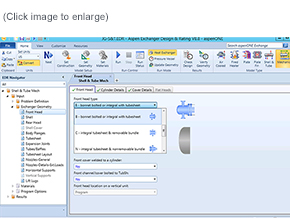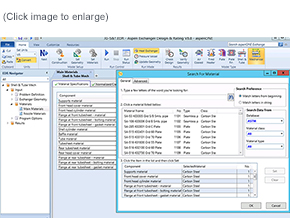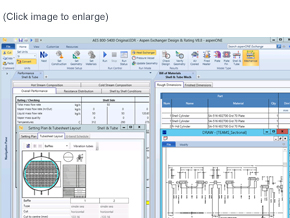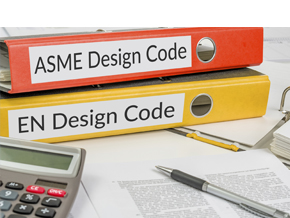
Improve mechanical shell and tube exchanger design quality.
Aspen Shell & Tube Mechanical software draws on the long heritage of the B-JAC Teams program to provide powerful optimized mechanical shell and tube exchanger design that recognizes the interaction of key components. The designs minimize material, resulting in the most cost-effective design.

Leverage supplemental shell and tube heat exchanger code calculations and standards.
Ensure your designs are more complaint by including Zick stress analysis, minimum design metal temperatures, simultaneous internal/external pressure design, nozzle loads per WRC 107 or Heat Exchanger Institute, maximum allowable working pressures, material cladding, and wind & seismic loads.
Supporting Standards: ASTM, DIN, AFNOR, TEMA Classes B, C, & R.
Material Databases: ASME, DIN, CODAP, EN, and JIS.

Increase efficiency with integrated workflow.
Integration between Aspen Shell and Tube exchanger and Aspen Shell and Tube Mechanical, allows thermal and mechanical shell and tube exchanger designs to be developed with speed and consistency.
Equipment Fabricators can develop rapid bids with cost estimates derived directly from the program or based on the reported full bill of materials.

Ensure that specs are always on code.
Aspen Shell & Tube Mechanical's extensive data banks-together with accurate thermal data from Aspen Shell & Tube Exchanger-result in accurate shell and tube heat exchanger code calculations and stress calculations conforming to internationally accepted code standards such as: ASME, Section VIII, Div. 1, EN 13445, CODAP AD-Merkblatter.

